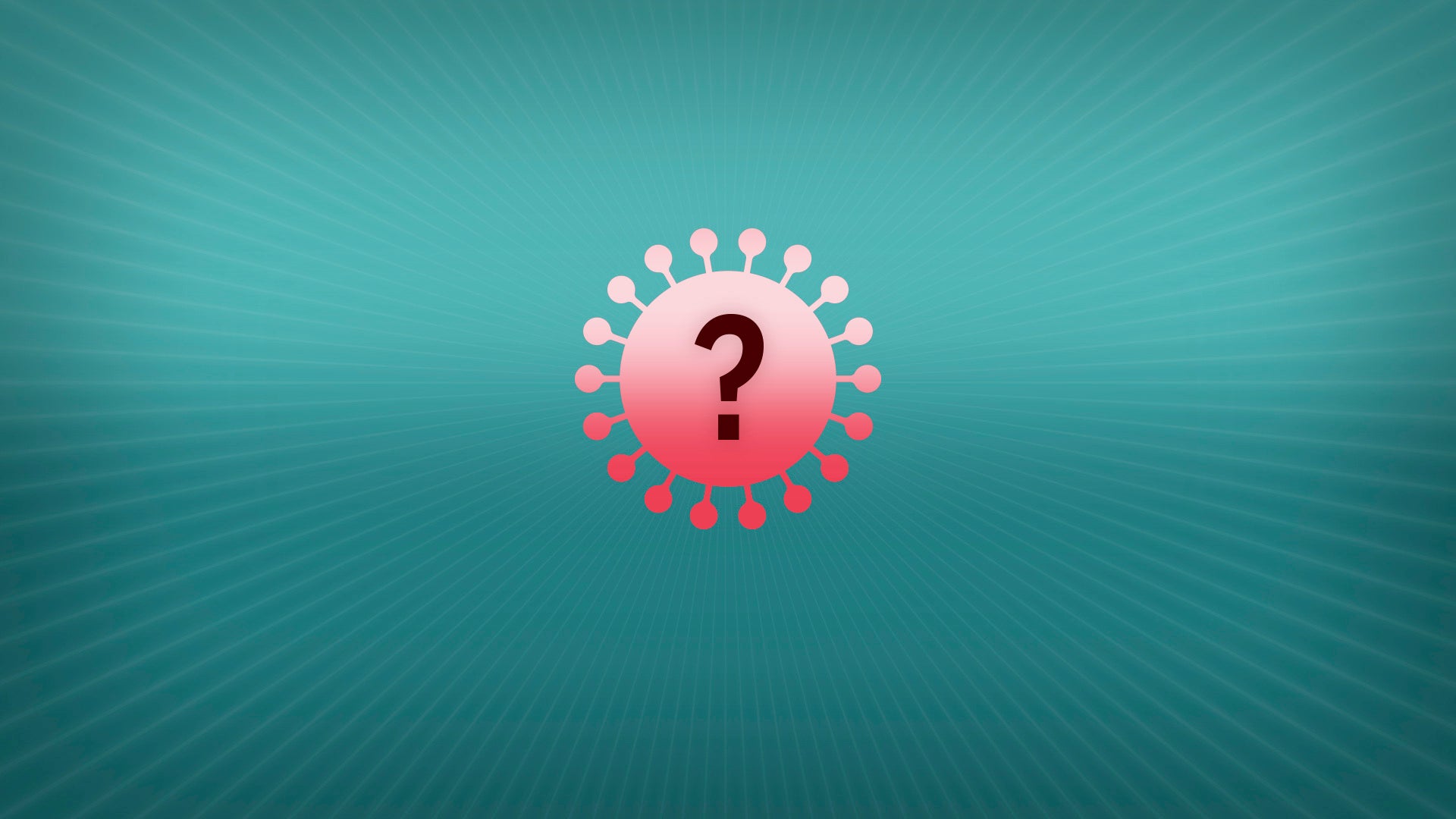How has the COVID-19 pandemic changed after two years?
Two years after the pandemic began, more countries are shifting toward a return to normal and learning to live with the virus

Your support helps us to tell the story
From reproductive rights to climate change to Big Tech, The Independent is on the ground when the story is developing. Whether it's investigating the financials of Elon Musk's pro-Trump PAC or producing our latest documentary, 'The A Word', which shines a light on the American women fighting for reproductive rights, we know how important it is to parse out the facts from the messaging.
At such a critical moment in US history, we need reporters on the ground. Your donation allows us to keep sending journalists to speak to both sides of the story.
The Independent is trusted by Americans across the entire political spectrum. And unlike many other quality news outlets, we choose not to lock Americans out of our reporting and analysis with paywalls. We believe quality journalism should be available to everyone, paid for by those who can afford it.
Your support makes all the difference.How has the COVID-19 pandemic changed after two years?
More countries are shifting toward a return to normal and learning to live with the virus. Safe, effective vaccines have been developed and there's better understanding of how to treat people sickened by the virus.
Two years after the pandemic began, questions remain about the coronavirus. But experts know a lot more about how to keep it under control.
The virus mainly spreads through the air when an infected person exhales, talks, coughs or sneezes. It's why health officials have encouraged the use of masks and ventilating spaces, instead of focusing on advice to wipe down surfaces as they did early on.
Treatment has also evolved for people who get sick or need to be hospitalized. Among the options are antivirals, such as the drug remdesivir, or newer pills from Pfizer and Merck; anti-inflammatory drugs including steroids; and depending on what variant is circulating, lab-made antibodies to attack the virus.
“The world has watched us learn in real-time how to treat COVID-19,” says Neil J. Sehgal, an assistant professor of health policy and management at the University of Maryland School of Public Health.
COVID-19 vaccines were also developed in record time. As of early March, 10 vaccines have been cleared for emergency use by the World Health Organization.
Still, distribution of vaccines has been unequal despite an international effort to deliver shots more fairly and misinformation has fueled hesitancy about the shots.
And there’s still much left to learn. Studies are underway to better understand long COVID-19, which can persist for months after an initial infection. And scientists are on the lookout for the next fast-spreading variant.
“Eventually every country will have to learn to live with COVID,” says Sehgal.
___
The AP is answering your questions about the coronavirus in this series. Submit them at: FactCheck@AP.org. Read more here:
Why are COVID vaccination rates still low in some countries?
Is omicron leading us closer to herd immunity against COVID?
Can you get long COVID after an infection with omicron?